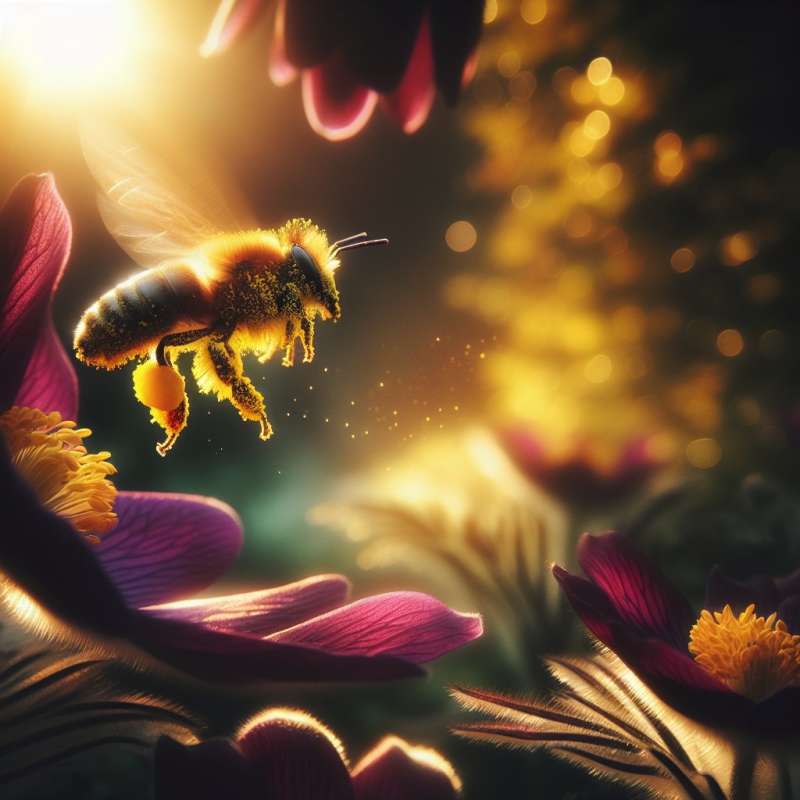
Pollination: Nature's Partnership
Pollination involves the transfer of pollen from a male part of a plant to a female stigma. Insects, such as bees and butterflies, are key players, inadvertently transferring pollen while seeking nectar.
Bees: Pollination Champions
Bees are the most effective pollinators due to their hairy bodies and behaviors. Their foraging habits and flower fidelity make them perfect for transferring pollen efficiently across vast distances.
Butterflies' Role Overlooked
Butterflies pollinate during daylight, preferring brightly colored flowers. Their long proboscis helps them access nectar from deep within, but less pollen sticks to their slender bodies compared to bees.
Flowers' Ingenious Lures
Flowers have evolved to attract their insect partners. Vivid colors, alluring scents, and nectar rewards are all strategies flowers use to entice pollinators and ensure their own survival.
Pollination's Biodiversity Impact
Insect pollination is vital for genetic diversity in plants. This diversity leads to healthier populations that can better withstand diseases and environmental changes, ensuring ecosystem resilience.
Pollinators Facing Threats
Insect pollinators are in decline due to pesticides, habitat loss, and climate change. This decline threatens food crops and wild plant survival, highlighting the need for conservation efforts.
Conservation Efforts Matter
Protecting and restoring pollinator habitats can mitigate threats. Planting flowering plants and reducing pesticide use are practical steps to support pollinator health and biodiversity.Night Pollinating Bats
Some bats pollinate flowers at night, playing a crucial role in ecosystems by pollinating plants like the agave, which is essential for tequila production.
What involves transfer of pollen?
Flower scent production
Insect pollinator decline
Pollination process
Company